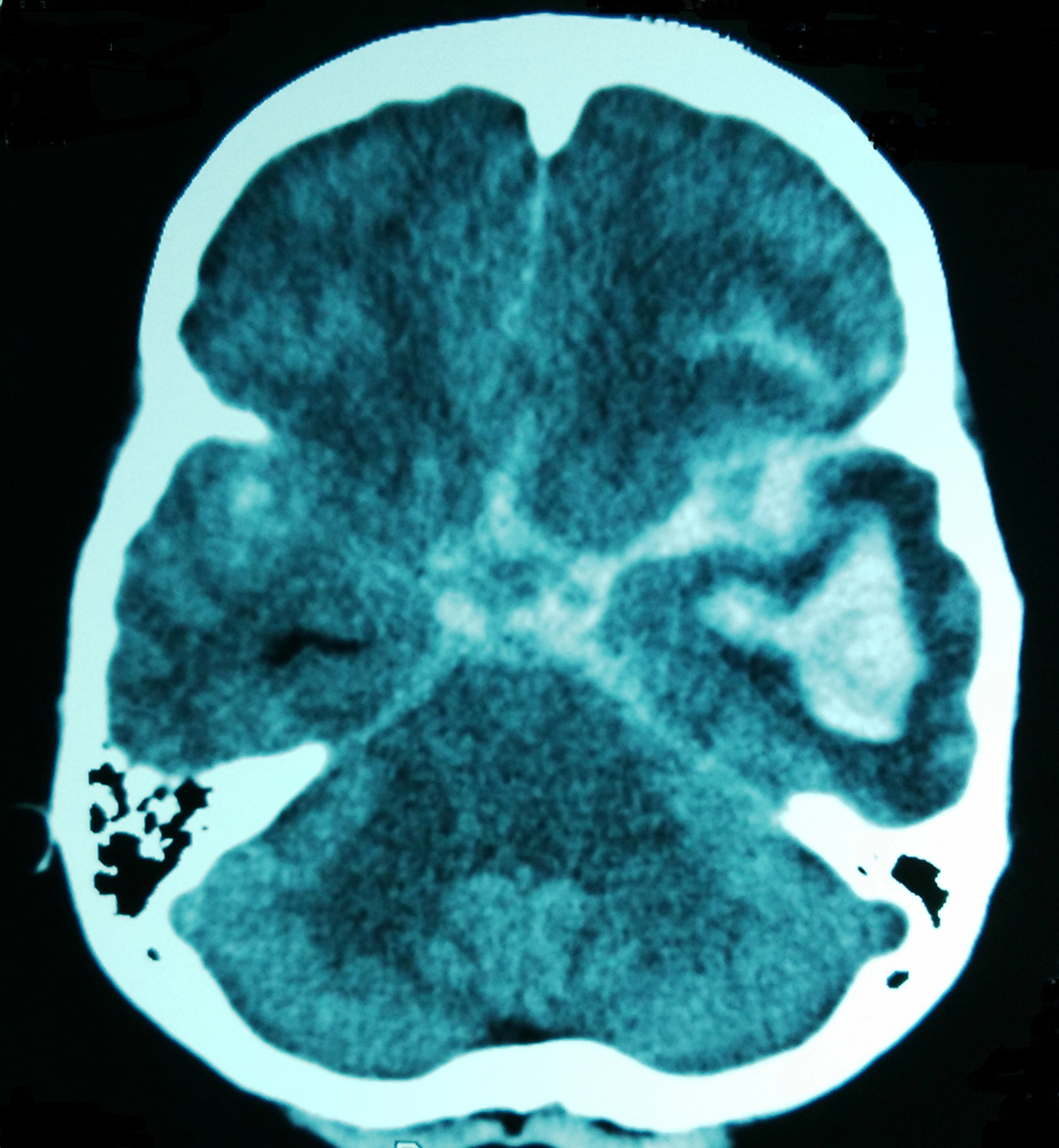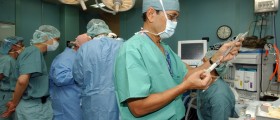
Subarachnoid hemorrhage and the main causes
Subarachnoid haemorrhage is spontaneous intracranialbleeding, caused by the rupture in the blood vessel in subarachnoid space, which is a space between 2 other layers that surrounds the brain tissue. Unfortunately,this is a frequent cause of death. Cause of subarachnoid hemorrhage is already mentionedrupture that happens in the wall of pathologically enlarged brain artery (thiscondition is called aneurism). Second cause is also a rupture, but this time the ruptureof arteriovenous malformation. Another cause might be hypertension orarteriosclerosis of arteries in the brain. There is also small percentage of subarachnoidhemorrhages with an unknown cause. In younger people, up to age of 20, the maincause is AV malformation whereas the rupture of aneurism is more common in older people.
Subarachnoid hemorrhage starts suddenly and can happen instressful conditions, and the symptoms include hard headache in the back of the head,followed by nausea and vomiting, photophobia (sensitivity to light), and stiffneck. It can include short loss of consciousness, but if thiscondition combines with intracerebral hematoma, unconsciousness lasts longer.Also, this type of hemorrhagia might induce spread of blood in other brainchambers, thus endangering vital life functions.
Possible complications and the treatment
Complications of subarachnoid haemorrhage include arterialspasm, created due to narrowing of brain arteries. Further on, this inducesischemia of the brain, and unconsciousness also occurs. Another complication ishydrocephalus, which emerges because of the blockage of the brain liquorcirculation, thanks to blood clots. Epilepsy also might be a complication, as well as heartproblems and arrhythmia. Diagnosis ismade thanks to brain scan and cerebral angiography.
There are several conditions that go hand in hand with subarachnoidhemorrhage. For example, it can happen in pregnancy, if a woman suffers from preeclampsia, but coartacion of aortaoften goes along subarachnoid hemorrhage. In these cases, mortality rate ismuch higher. Polycystic kidney is another problem that can be found in patientswho suffer from subarachnoid hemorrhage.
Bed resting in dark rooms is recommended; elastic socks andbandages should be used and medications for stool softening are needed. Control offluid intake and infusion should be applied, too. As for the medications, analgesics should be taken, medicationsfor brain edema, and anticonvulsants, in case if epileptic seizures are possible.Prevention of AV spasm is done with the help of calcium channel blockers. Ifthere is hypertension, appropriate meds should be used. As for complications,evacuation of hematoma and therapy for hydrocephalus are done, and if needed, the surgery is also an option.

















Your thoughts on this
Loading...